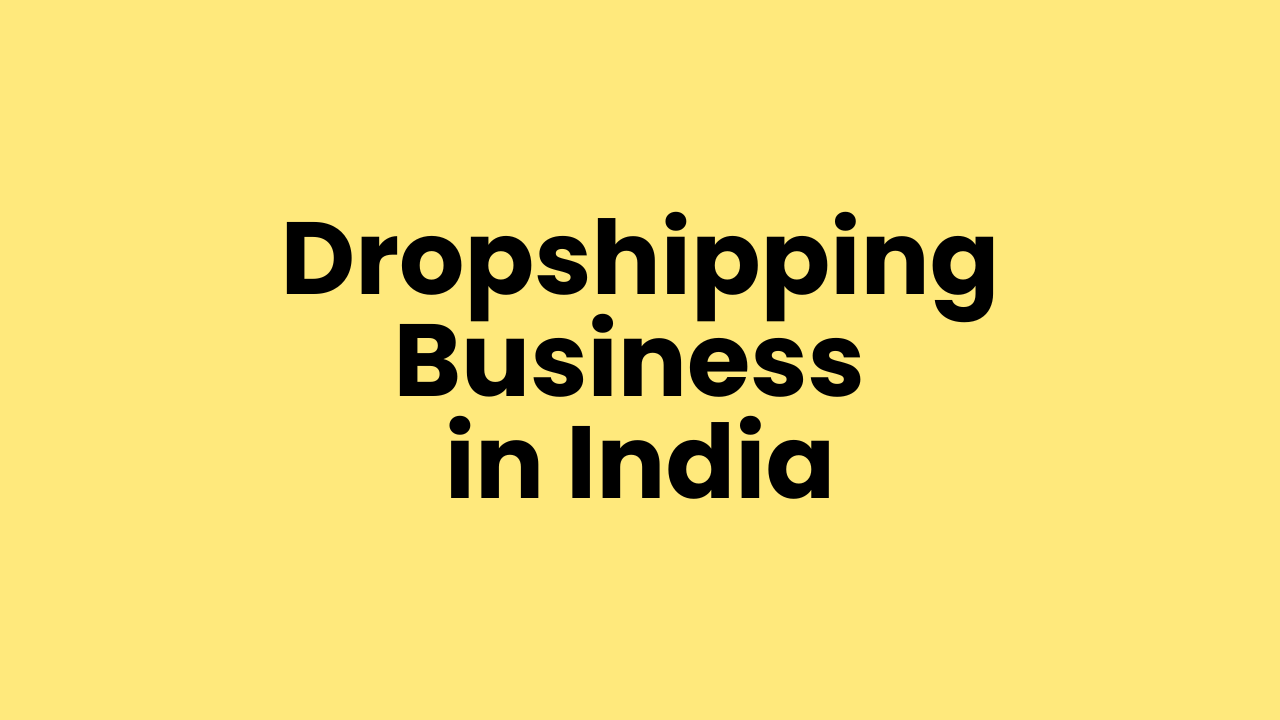Starting a dropshipping business in India without investment is an achievable goal, especially with the rise of e-commerce platforms and digital marketing tools. This guide will walk you through the step-by-step process of launching your dropshipping business with minimal financial risk.
What is Dropshipping?
Dropshipping is a retail fulfillment method where an online store sells products without holding inventory. When a customer places an order, the store purchases the item from a third-party supplier, who then ships it directly to the customer.
Benefits of Dropshipping in India
- Low Initial Investment: No need to buy inventory upfront.
- Flexible Location: Manage your business from anywhere with an internet connection.
- Wide Product Range: Access to countless suppliers and products.
- Reduced Risk: No unsold stock or inventory management costs.
How to Start a Dropshipping Business in India Without Investment
Step 1: Choose a Profitable Niche
Selecting the right niche is crucial for success. Consider the following criteria:
- Trending Products: Use tools like Google Trends to identify popular items.
- High-Demand Categories: Focus on products like electronics, fashion, or fitness gear.
- Low Competition: Avoid oversaturated markets to stand out.
Step 2: Find Reliable Suppliers
Your supplier is the backbone of your dropshipping business. Popular platforms for Indian dropshippers include:
- AliExpress
- Meesho
- IndiaMART
- GlowRoad
- Spocket
Step 3: Create an Online Store
Building an online store is essential. You can start for free using:
- Shopify (Free trial available)
- WooCommerce (Free WordPress plugin)
- Big Cartel (For small businesses)
Step 4: List Your Products
When adding products to your store:
- Use compelling product descriptions with relevant keywords.
- Upload high-quality images for better conversions.
- Set competitive pricing to attract customers.
Step 5: Promote Your Store for Free
Leverage free marketing channels to gain traffic:
- Social Media Marketing: Use Instagram, Facebook, and Pinterest to showcase your products.
- SEO Optimization: Write keyword-rich content and product descriptions to rank higher on Google.
- Influencer Collaborations: Partner with micro-influencers for product promotions.
- Content Marketing: Start a blog sharing tips, reviews, or guides related to your niche.
Step 6: Focus on Customer Service
Great customer support can set your business apart. Ensure you:
- Respond promptly to queries.
- Provide clear shipping details and refund policies.
- Use chatbots or automated email responses to improve communication.
Step 7: Manage Orders and Deliveries
Since you won’t be holding inventory, efficient order tracking is essential. Use tools like:
- Oberlo
- DSers
- AutoDS
Best Products for Dropshipping in India
Consider these high-potential product categories:
- Fashion and accessories
- Home and kitchen gadgets
- Fitness equipment
- Beauty and skincare products
- Tech gadgets and accessories
Common Mistakes to Avoid in Dropshipping
1. Choosing the Wrong Supplier: Partnering with unreliable suppliers can lead to delayed deliveries and poor product quality. Always verify supplier reviews before partnering.
2. Ignoring Customer Service: Lack of communication can hurt your reputation. Maintain proactive customer support.
3. Poor Product Descriptions: Clear and engaging descriptions can improve your conversion rates.
4. Overpricing Products: Ensure your prices align with market rates to attract buyers.
Starting a dropshipping business in India without investment is entirely possible with the right strategy. Focus on niche selection, supplier reliability, and effective marketing to grow your business. By leveraging free tools and social platforms, you can build a profitable venture without upfront costs. Take the first step today and embark on your dropshipping journey!
Frequently Asked Questions
Yes, dropshipping is legal in India as long as you adhere to GST regulations and maintain proper invoicing practices.
Yes, by using free e-commerce platforms, social media marketing, and no-inventory strategies, you can start with minimal investment.
If your annual turnover exceeds ₹40 lakh, GST registration is mandatory. For lower earnings, it’s optional but recommended for growth.
Research trending items using tools like Google Trends, Trend Hunter, and AliExpress Popular Products.
Popular options include Razorpay, Paytm, Instamojo, and Cashfree for seamless transactions.

With years of experience in career guidance, online income strategies, and skill development, Aman shares practical insights on CareerKendra.com, a platform designed to empower professionals, students, and freelancers with valuable knowledge.
